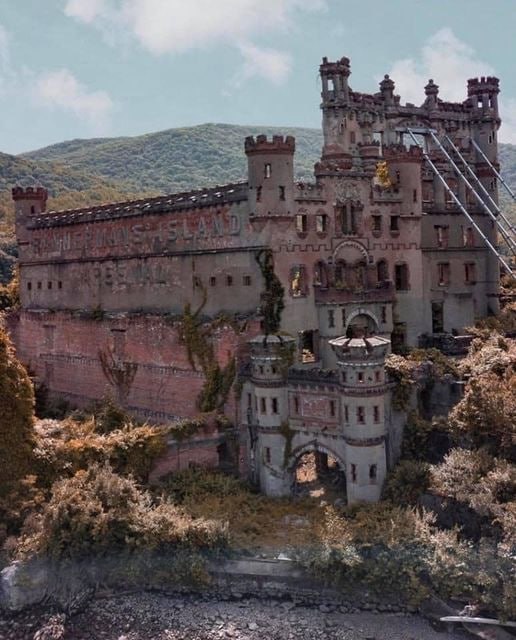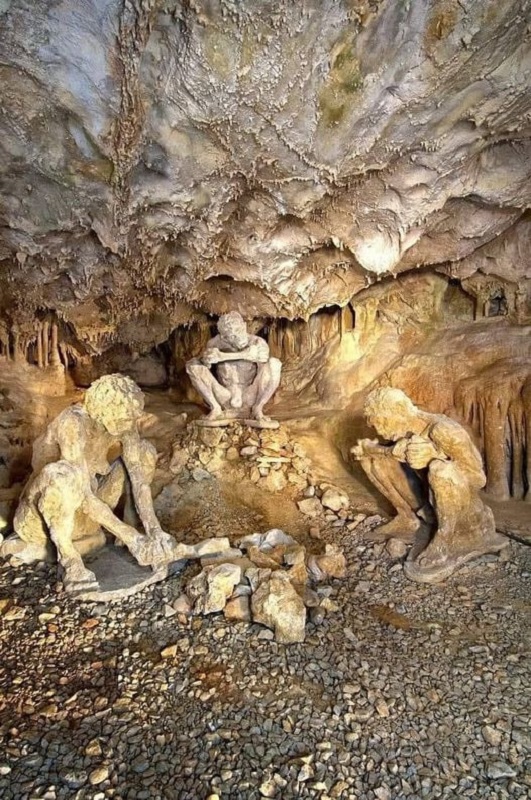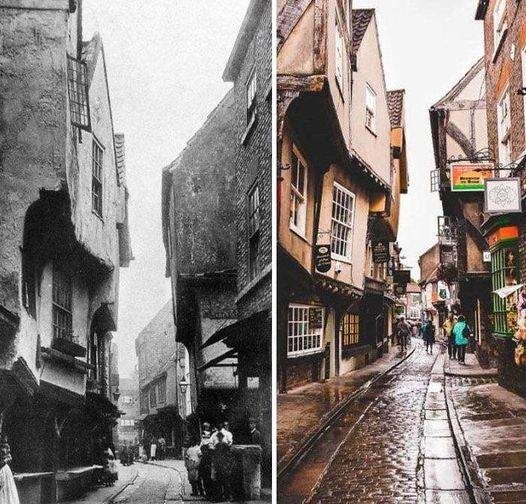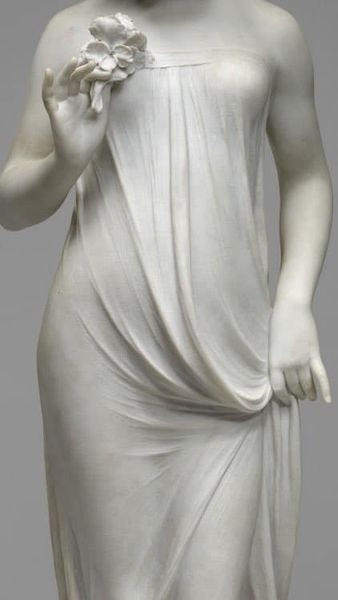A groundbreaking project has brought one of history’s most storied figures, Alexander the Great, to vivid life, blending art and technology to recreate his facial features from ancient sculptures. Through the meticulous work of digital artists and historians, the visage of the Macedonian conqueror has been rendered in a hyper-realistic portrait that transcends time and stone.
This digital reconstruction, based on the shapes and contours preserved in statues, offers a potential glimpse of Alexander's appearance, informed by the skill and perspectives of classical sculptors. The resulting image presents a man with a gaze as piercing as the reputation of the empire-builder himself. The lifelike representation invites us to meet the eyes of a figure who, until now, had been confined to the imagination and marble busts.

Alexander the Great, whose death in 323 BC at the youthful age of 32 or 33 marked the end of an era, has been immortalized in numerous statues that celebrate his victories and leadership. These statues, though idealized, provide crucial insights into the physical characteristics of the man who built one of the largest empires in the ancient world, spanning from Greece to northwestern India.
The digital system employed in this project analyzes the shape of Alexander's face as depicted in these classical works, applying modern understanding of human anatomy and artistic interpretation. The convergence of art, history, and technology has enabled a unique reconstruction that might closely resemble the famed ruler, offering a new way to connect with the historical figure.

This digital portrayal also sparks conversations about the role of art in history—how the sculptures of Alexander were not just likenesses but also expressions of power and divinity. The artistic choices made by ancient sculptors, from the curl of his hair to the set of his jaw, were as much about crafting a legend as capturing a likeness.
The digitally reconstructed face of Alexander the Great serves as a bridge between the past and present, inviting us to reflect on the human aspects of a figure often shrouded in myth and legend. It prompts a deeper consideration of the man behind the marble, a conqueror who was also a son, a pupil, and, according to some accounts, a seeker of knowledge and understanding.
As this digital Alexander gazes out from the screen, he challenges us to consider the layers of narrative that have shaped our understanding of history. This reconstruction is not just an exercise in facial mapping; it's a testament to humanity's enduring desire to understand our past and the figures who have shaped our collective history.










